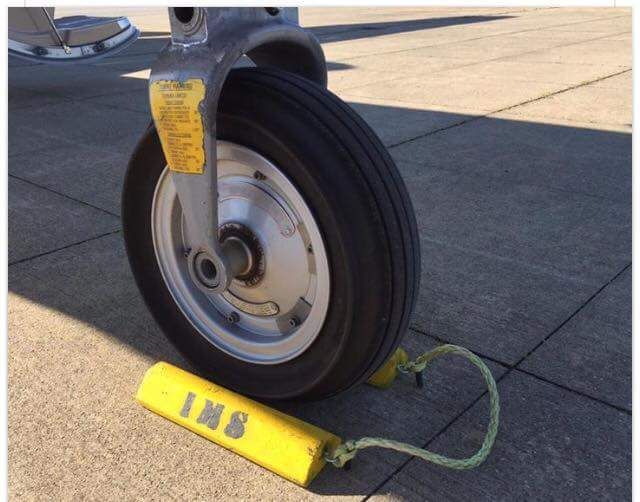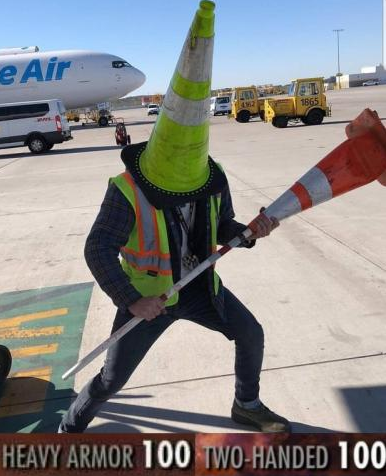Sinistar
En-Route
- Joined
- Sep 9, 2016
- Messages
- 3,712
- Display Name
Display name:
Brad
Okay, I must admit this one threw me a bit. Until I started flying into some of the larger FBO's, either myself or a line guy has always chocked the main gear on the pilots side. But the last few, especially larger FBO's have been chocking the nose wheel????
Being of the superior race of high wing flyers (uh-oh!) I could always just look down and left to verify the wheel isn't chocked. And sometimes (windy) I purposely leave that chock in until I am about to get into the plane. Plus it was easy to just kick the front half out of the way get going.
Placing a chock around the nose wheel means getting near the prop - twice. And I feel like I need to fully remove it vs just kick the front part out of the way. So where do I place it...back behind the main gear where I can see it
So what's up with chocking the nose wheel on a single engine plane, especially near a prop?
(ps. I tried my best to not use 'chalk' or 'choke' when talking about chocking)
Being of the superior race of high wing flyers (uh-oh!) I could always just look down and left to verify the wheel isn't chocked. And sometimes (windy) I purposely leave that chock in until I am about to get into the plane. Plus it was easy to just kick the front half out of the way get going.
Placing a chock around the nose wheel means getting near the prop - twice. And I feel like I need to fully remove it vs just kick the front part out of the way. So where do I place it...back behind the main gear where I can see it
So what's up with chocking the nose wheel on a single engine plane, especially near a prop?
(ps. I tried my best to not use 'chalk' or 'choke' when talking about chocking)





